Fileteado Porteño
Traditional art from Buenos Aires
HISTORY
Fileteado Porteño
The fileteado porteño was born in Buenos Aires at the beginning of the 20th century as a popular decorative craft. It originated in wagon factories, where the first teachers of the trade developed it spontaneously until it was fully matured with shapes and color. For many years, the city's cars and wagons had an original decoration which was embraced by buses and trucks.
MODERN DAYS
Fileteado Porteño

Traditional art from Argentina began as a simple decoration on the trade carts of bread, milk or vegetable sellers in the early 20th century. Later expanded to the decoration of buses and truck. Today it can be found all over the city of Buenos Aires, in shop windows, bars and restaurants, murals and signs. Fileteado mixes letters and ornaments, working with different layers of shadows and lights, in order to create a sense of volume and deepness. Flowers, acanthus leaves, ribbons, birds and pearls are among the most traditional elements. This vernacular style of Fileteado led to it being declared a World Cultural Heritage by UNESCO in 2015.
PERSONALIZED WORKS
Tango and Fileteado
Vehicles
Bars and shop windows
Boards
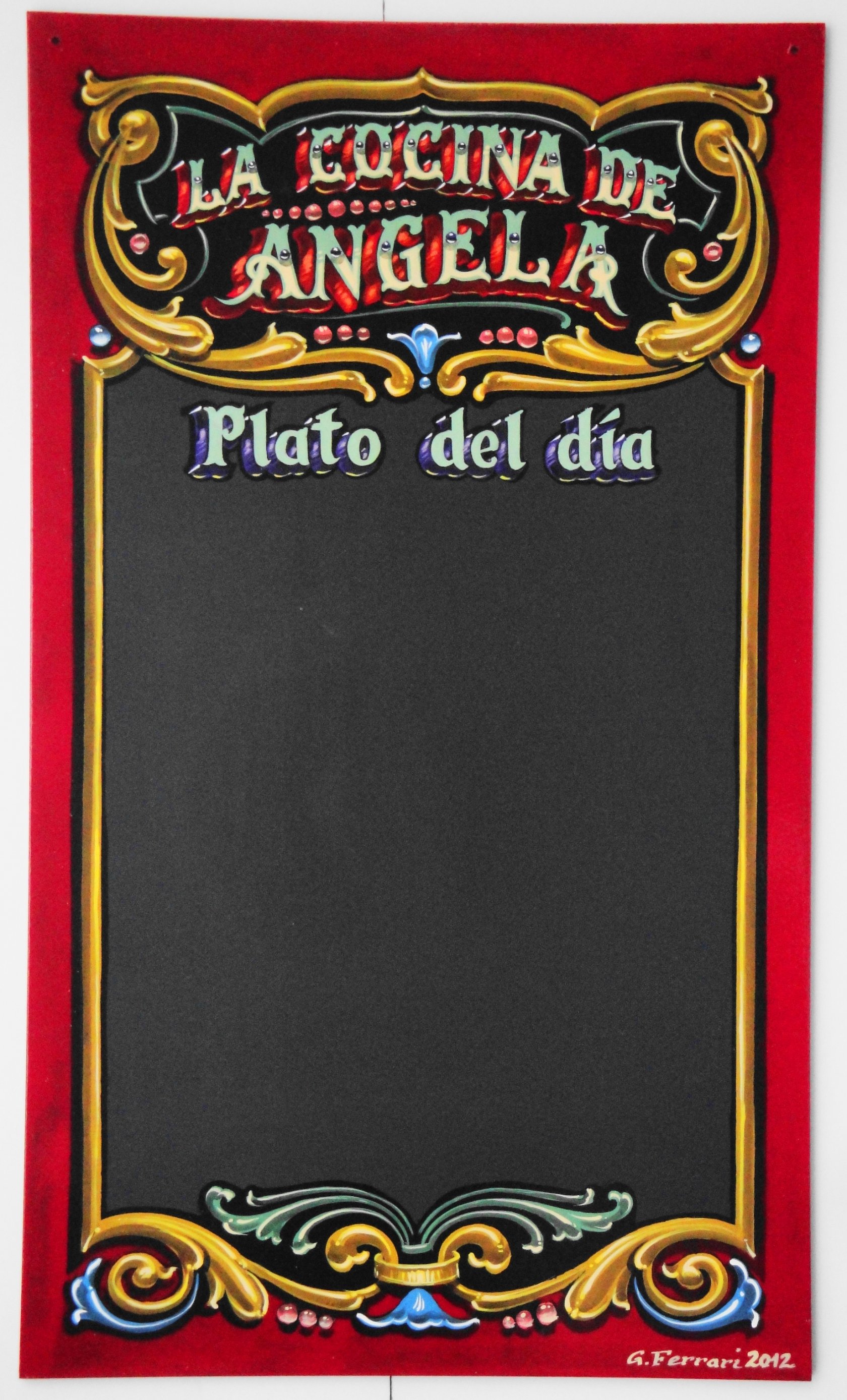
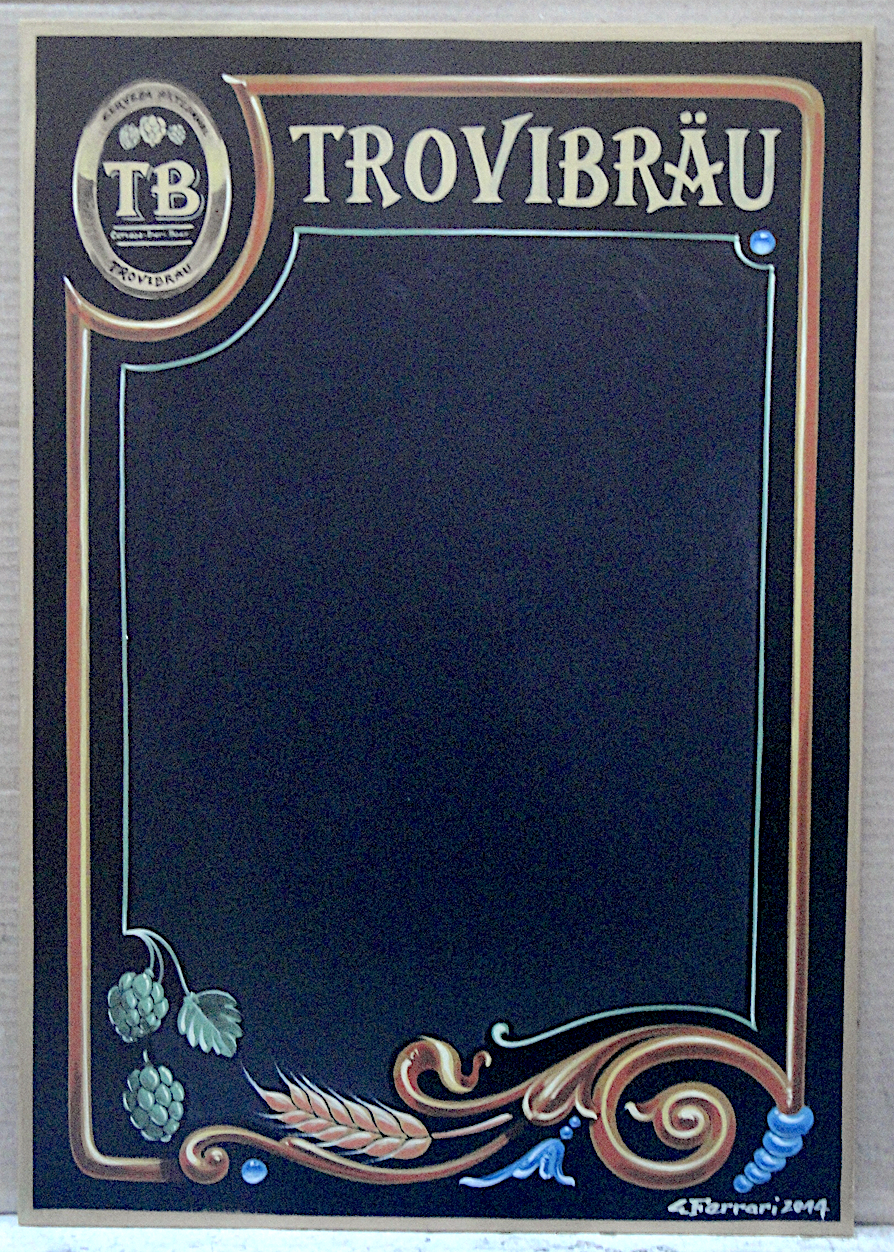
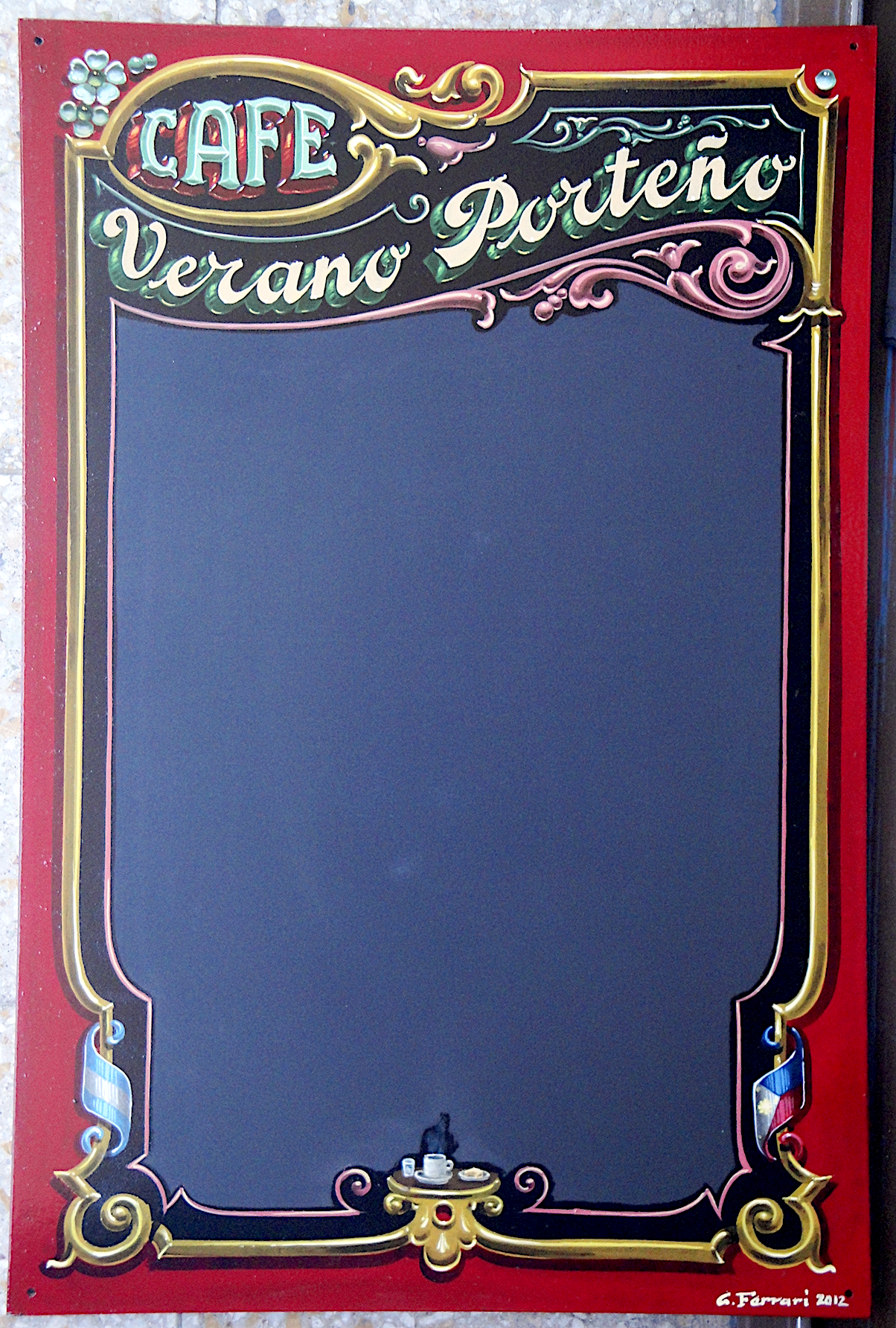
Dragons in Fileteado
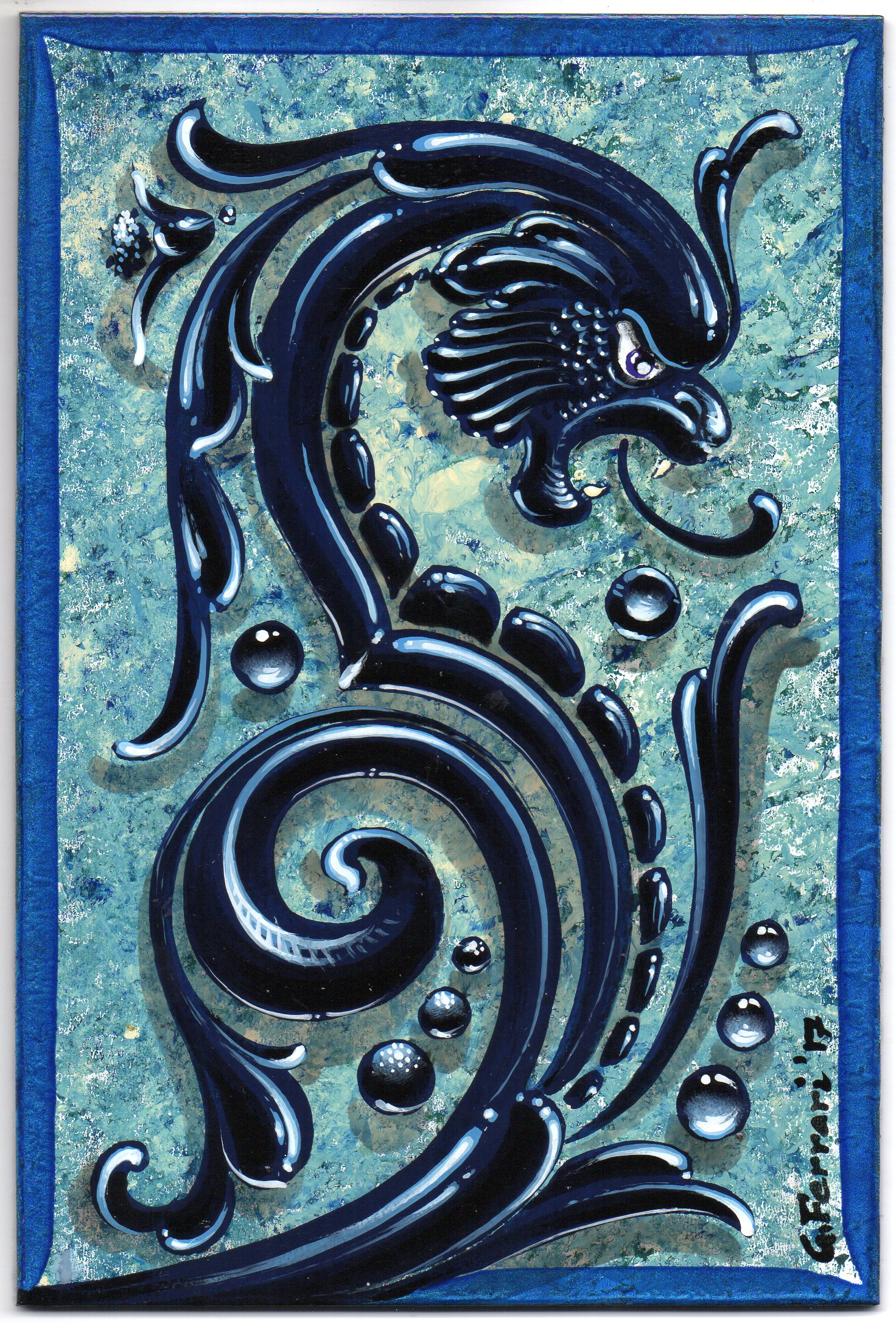
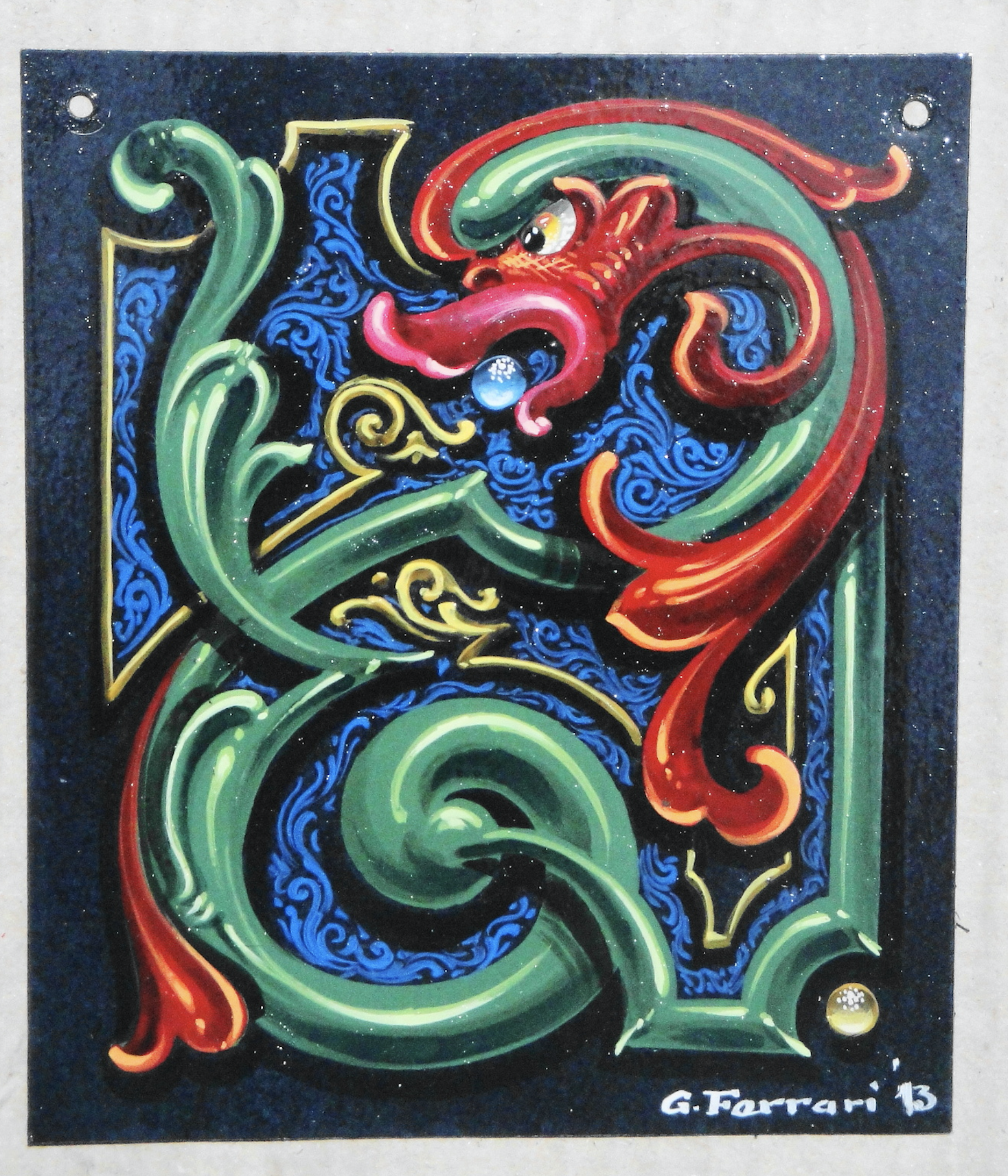
Cloth and shoes
Objects